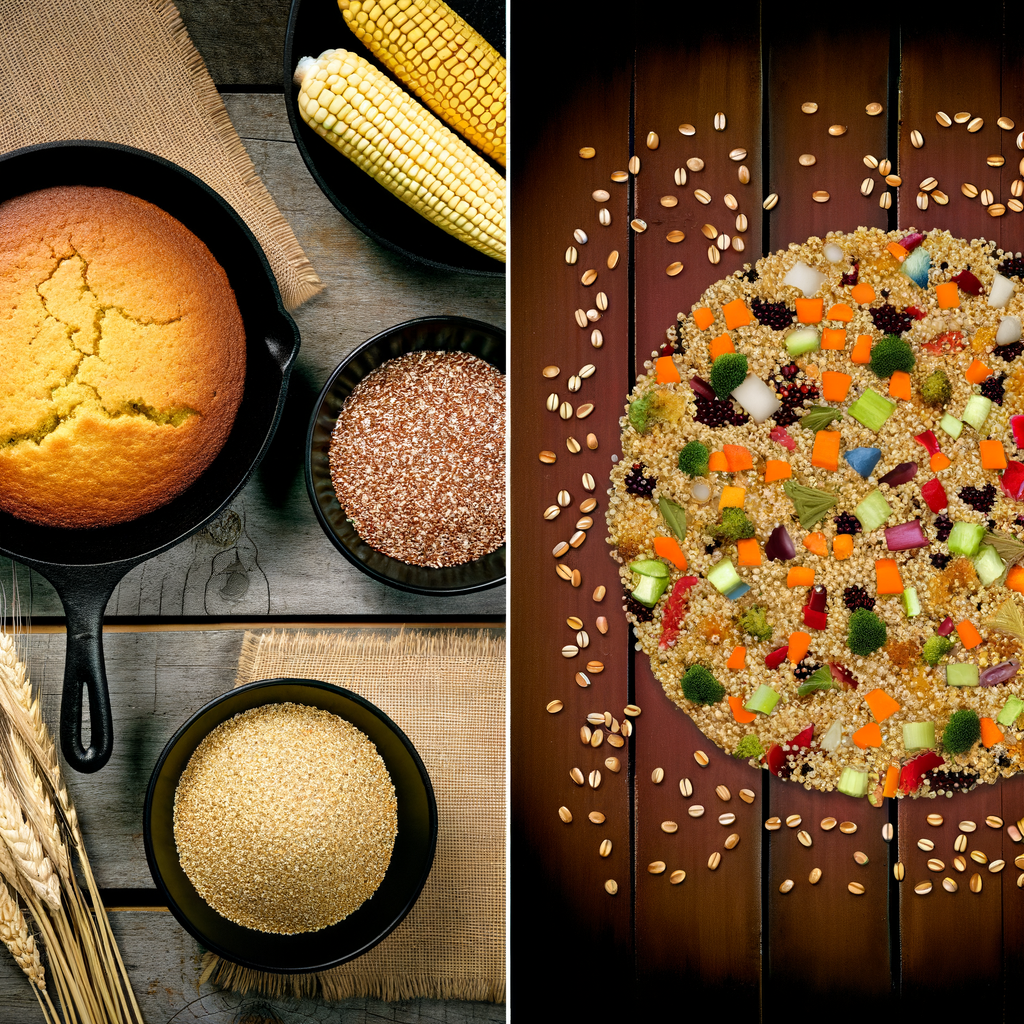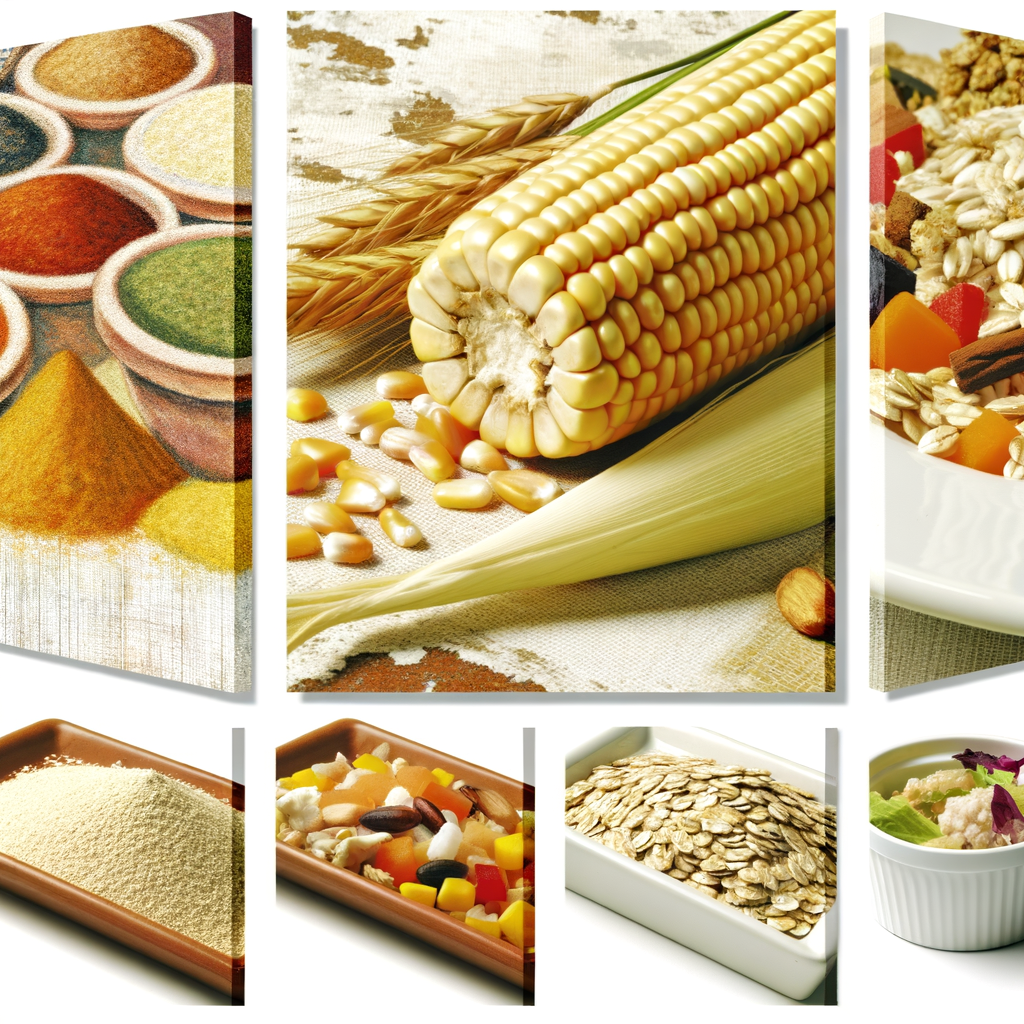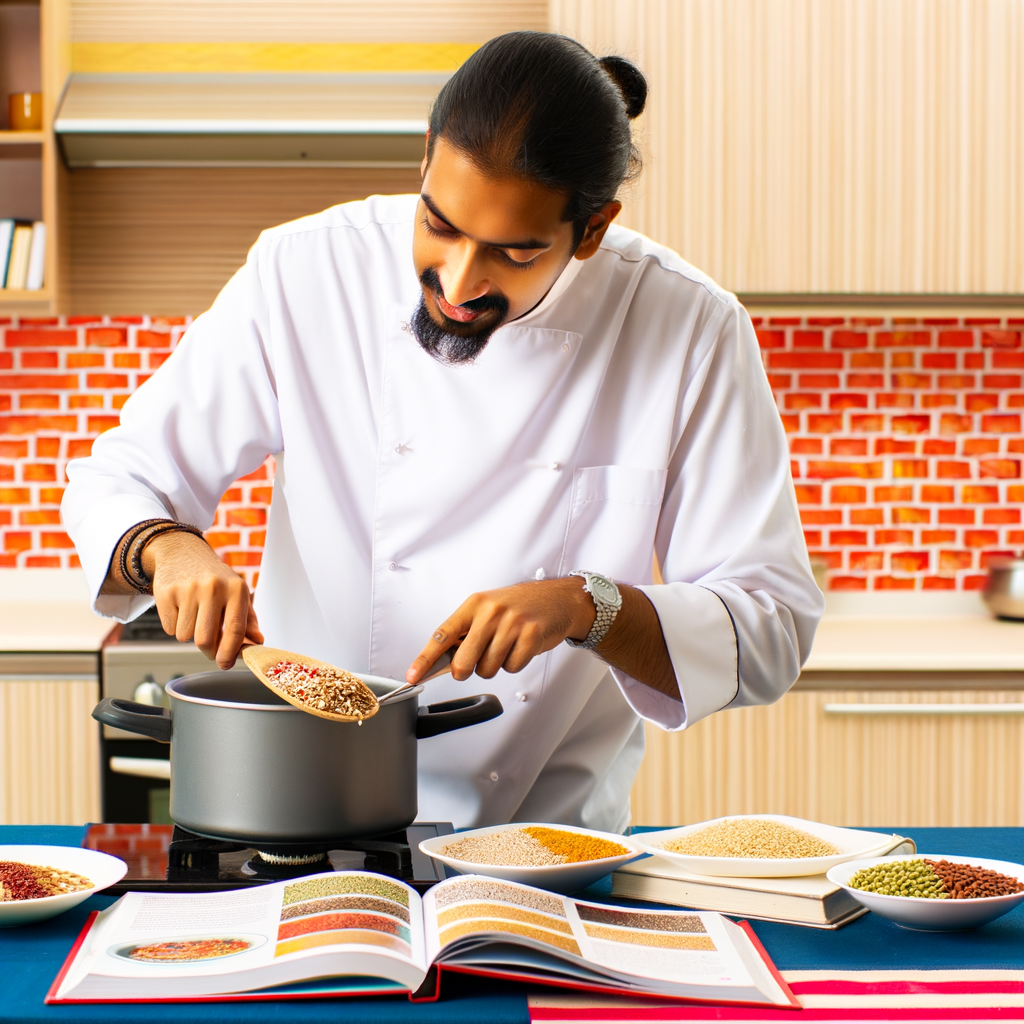Grains have been an integral part of American cuisine for centuries. From the traditional cornbread to the modern quinoa salad, grains have played a crucial role in shaping the diverse flavors of American food. As an expert chef, I am constantly amazed by the versatility and nutritional value of grains, and I believe it is important for all Americans to understand the significance of grains in our cuisine.
Grains are a staple in many traditional American dishes. Corn, wheat, and rice are among the most commonly used grains and can be found in a variety of dishes such as cornbread, biscuits, and rice bowls. These grains not only add texture and flavor to our meals but also provide essential nutrients like fiber, vitamins, and minerals. They are also a great source of complex carbohydrates, which give us long-lasting energy, making them a crucial part of a balanced diet.
But American cuisine is not limited to just the traditional grains. With the rise of health-conscious eating, we have seen a surge in the use of alternative grains like quinoa, farro, and bulgur. These grains not only add unique flavors and textures to our meals but also provide a wide range of health benefits. Quinoa, for example, is a complete protein, making it a great option for vegetarians and vegans.
In my experience as a chef, I have found that incorporating a variety of grains into our diets not only adds depth and complexity to our meals but also promotes a healthier lifestyle. So the next time you sit down for a meal, remember to pay attention to the grains on your plate, because they play a crucial role in shaping the diverse and innovative flavors of American cuisine.





